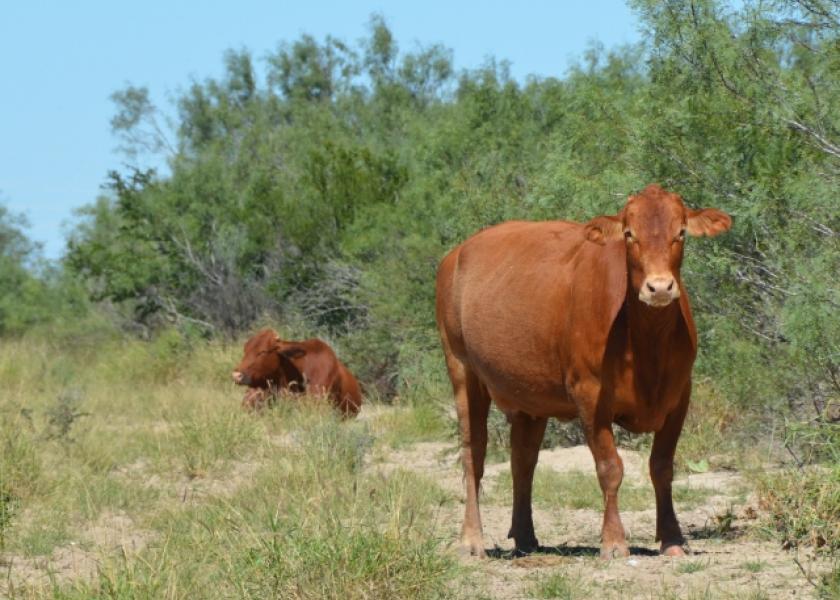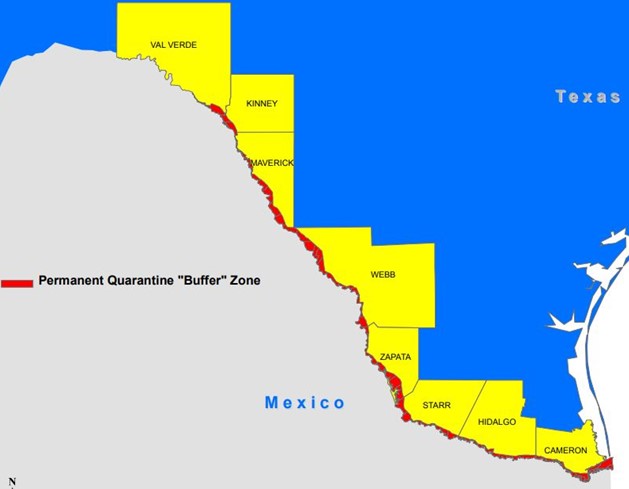Drought Raises Concern For Cattle Fever Ticks in South Texas

South Texas ranchers are increasingly worried the ongoing drought will lead to infestations of cattle fever ticks from Mexico.
The Rio Grande River is running at low levels making it easier for wildlife to cross the border into Texas. Wildlife – especially deer – can carry the ticks that can transmit the disease to cattle. Rancher Renato Ramirez told Border Report that deer are continually crossing the international river at Lake Falcon and he worries the ticks they carry can infest his herd.
“The fever tick carries that fever that kills the cows and once you got it you got to eradicate the whole herd,” Ramirez said.

Water levels at Falcon Reservoir on Friday were just 23% of capacity, or 259 feet, according to the Texas Water Development Board. The water should be 40 feet higher, Ramirez said. And that means the boundary between Mexico and Texas is closer and it is easier for wildlife to cross.
The U.S. government has established a permanent quarantine zone that extends to all cattle ranches on the border from Del Rio to Brownsville, Texas, on the Gulf Coast.
Zapata County, where international water levels are especially low right now due to a drought at Lake Falcon, has had some of the worst trouble with wildlife crossing and that is putting many herds at risk, Zapata County Judge Joe Rathmell told Border Report.
“It’s been an ongoing effort with the fever ticks. Zapata County is kind of the epicenter of that problem and ranchers especially along the border and the lake have to deal with that infestation,” said Rathmell, who also is a rancher.
Federal regulations require that ranchers in quarantine zones dip their cattle in special government-provided insecticide vats every 90 days to ward off the fever ticks.







